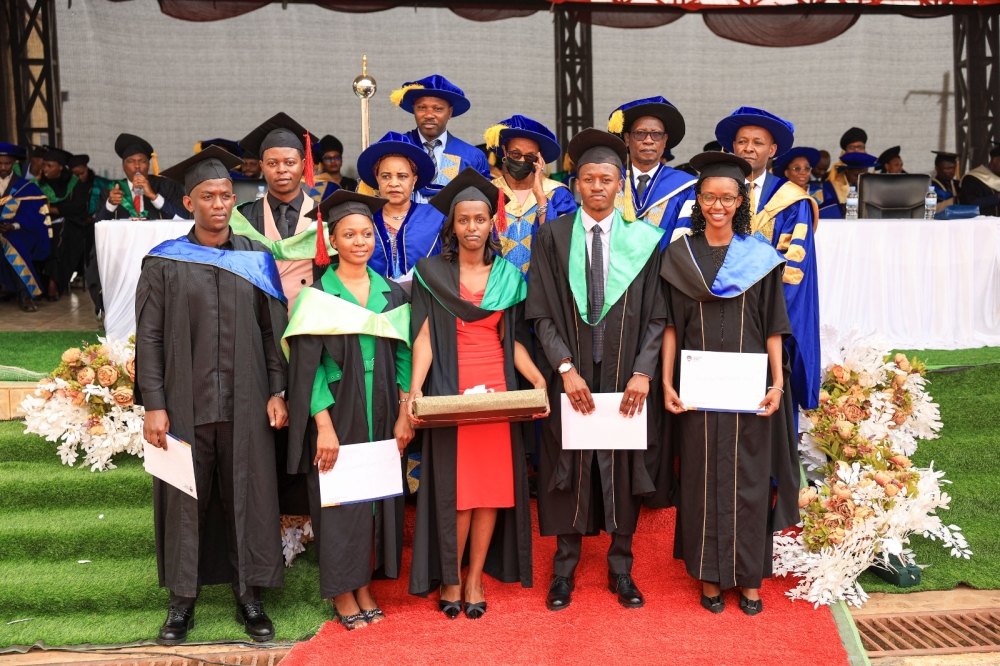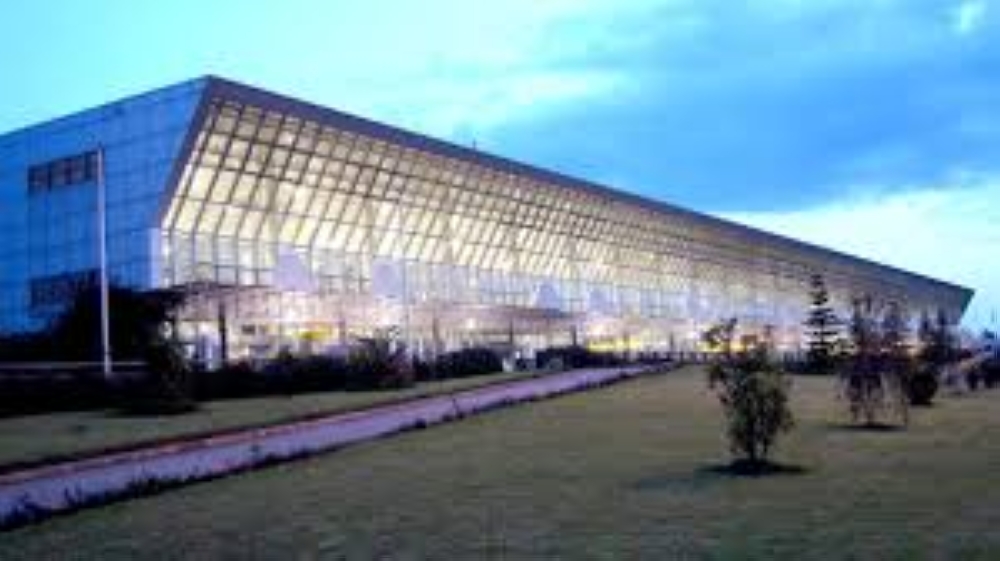Yesterday’s editorial titled: “Think Better Roads, Rail For East African Region” has since excited many positive reactions, with many Rwandans commending its timeliness and objectivity, and contributing more information and concrete figures for everybody’s enlightenment, as well as some corrections, all of which is going to be relayed here.

Yesterday’s editorial titled: "Think Better Roads, Rail For East African Region” has since excited many positive reactions, with many Rwandans commending its timeliness and objectivity, and contributing more information and concrete figures for everybody’s enlightenment, as well as some corrections, all of which is going to be relayed here.
First, it was pointed out that the distance from Kigali to Dar-es-Salaam is actually shorter than from Kigali to Mombasa by about 300 kilometres. This means that Rwanda would be better off dealing with Dar-es-Salaam Port instead of Mombasa.
This Central Corridor as it is called would further have the advantage of reducing the number of border crossings, as it would simply be Rwanda and Tanzania direct – only one border. Right now using the Northern Corridor which is Kigali-Kampala-Nairobi-Mombasa, one has to check in at the Rwanda-Uganda border and then Uganda-Kenya border – two border crossings. The Central Corridor would make this unnecessary.
But this is not possible because of the bad condition of the roads, and so Rwanda always shoulders higher transport costs because of conditions beyond its control.
Then about the railway. The nearest rail connection to Rwanda is Isaka in Tanzania, about 450 kilometres away from Kigali. This is a tantalizingly short distance in terms of the huge gains Rwanda would get having a railway system connecting it to the region. But again we are hampered by lack of adequate resources to develop this juicy plan.
So the call is towards regional governments and our development partners to consider planning centrally, because of the huge amounts of capital involved to bring this to fruition. Individual governments know their needs, but find it impossible to go it alone, and yet their neighbours have other developmental programmes.
But all is not lost – for example if Tanzania can now calculate the potential it has in arresting this regional business from Rwanda and the DR Congo, it can prioritise developing a road system with neighbours.
It is high time we started reflecting on what has beenlost during this time of political crisis in Kenya, and seriously think of a reliable and integrated transport system.
Ends




